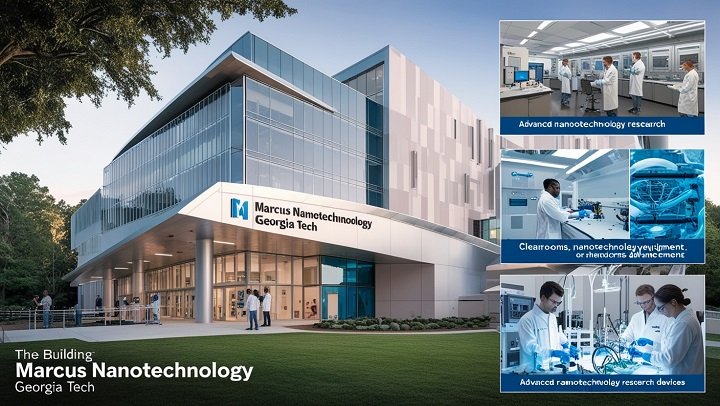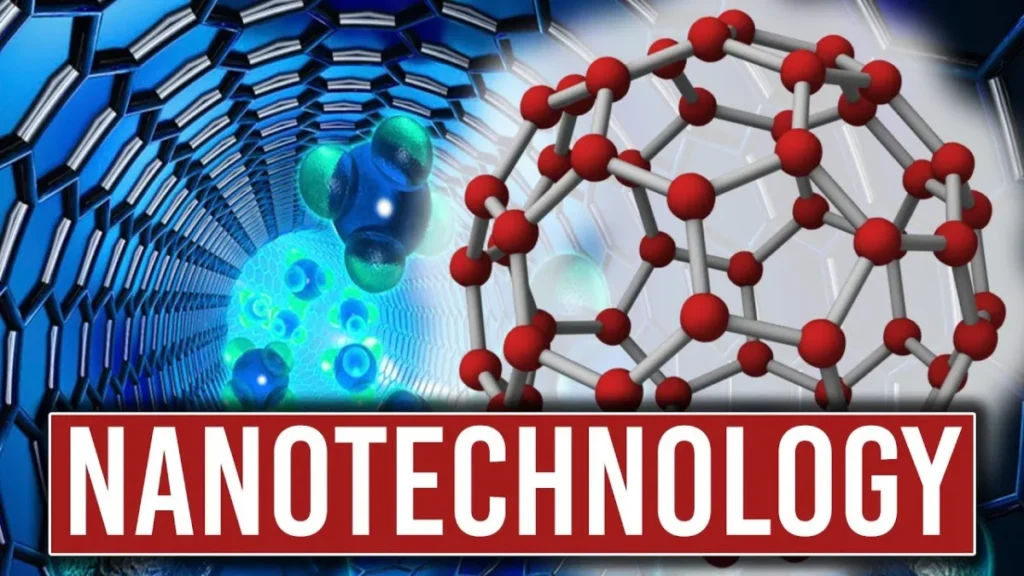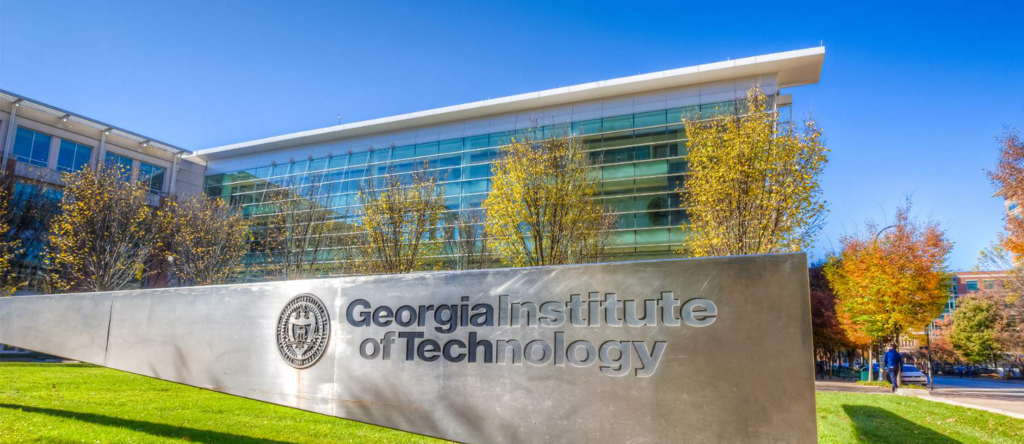
Marcus Nanotechnology Building the world of science and technology is ever-evolving, and with each passing year, new innovations come to light. One of the key places where these advancements take shape is in specialized research facilities. Today, we’re diving into the Marcus Nanotechnology Building, a crucial landmark in the field of nanotechnology. But what exactly is this building, and why is it so important?
The Marcus Nanotechnology Building is more than just a structure. It’s a place where some of the most cutting-edge research and development in the field of nanotechnology occurs. Researchers, students, and industry professionals work together here to solve some of the biggest challenges in science and technology. This blog will take you on a journey to understand what the Marcus Nanotechnology Building is all about. The significance of nanotechnology, and why this field is shaping the future.
What is Nanotechnology? Marcus Nanotechnology Building

Nanotechnology allows scientists and engineers to work with materials at this incredibly small scale, which opens up all kinds of possibilities. From creating stronger materials to developing faster computers, nanotechnology has the potential to revolutionize industries such as medicine, electronics, and energy.
The Marcus Nanotechnology Building: A Brief Overview
Located at the Georgia Institute of Technology (Georgia Tech) in Atlanta, Georgia, the Marcus Nanotechnology Building (MNB) is one of the largest cleanroom facilities in the Southeastern United States. It spans over 200,000 square feet, and its main purpose is to provide a space for research in nanotechnology and microelectronics.
The building is named after Bernie Marcus, co-founder of The Home Depot, who contributed generously to its construction. Opened in 2009. This facility is home to state-of-the-art equipment that allows researchers to work on projects related to microfabrication, nanomaterials, and advanced electronics. The building’s cleanrooms—rooms designed to keep out tiny particles of dust and other contaminants—are some of the most advanced in the world. These cleanrooms are crucial because even the tiniest particle of dust can interfere with the delicate processes involved in nanotechnology research.
Why is the Marcus Nanotechnology Building Important?
The Marcus Nanotechnology Building is much more than just a research center; it’s a collaborative space where innovation flourishes. Here are a few key reasons why this building is so important:
1. Cutting-Edge Research
The Marcus Nanotechnology Building plays a pivotal role in research that spans across various disciplines, including physics, chemistry, biology, and engineering. The work done here is fundamental to creating the next generation of nanotechnology-based products. Which could include anything from faster computer chips to stronger and lighter materials used in construction and aerospace.
2. Collaboration and Innovation
The building isn’t just for Georgia Tech students and faculty. It’s also open to industry partners and other academic institutions. This makes the Marcus Nanotechnology Building a hub for collaboration. Where ideas and expertise are shared, leading to faster innovation and breakthroughs. Companies and researchers from across the globe use the facility to work on projects that could shape the future of technology.
3. Education and Training
One of the most significant aspects of the Marcus Nanotechnology Building is its role in education. Students and young researchers are given the opportunity to learn and work with some of the most advanced nanotechnology equipment in the world. This hands-on experience is crucial for training the next generation of scientists and engineers.
Inside the Marcus Nanotechnology Building
The Marcus Nanotechnology Building is equipped with state-of-the-art tools that enable research at the atomic level. Some of the notable features of this facility include:
1. Cleanrooms
As mentioned earlier, the building houses advanced cleanrooms. These are specialized laboratories where the air is filtered to remove tiny particles of dust. Which could ruin the delicate processes involved in nanotechnology research. These cleanrooms range in class from Class 100 to Class 10,000, with Class 100 being among the cleanest, meaning there are fewer than 100 particles per cubic foot of air.
2. Advanced Equipment
The Marcus Nanotechnology Building is home to millions of dollars’ worth of advanced equipment. These tools allow researchers to fabricate nanostructures, analyze materials at the atomic level, and develop new nanomaterials. Some of the tools you might find include scanning electron microscopes, which allow scientists to see objects at a much smaller scale than traditional microscopes.
3. Research Labs
In addition to the cleanrooms, These labs focus on various aspects of nanotechnology, from the development of nanoelectronics to the creation of biomedical devices that could revolutionize healthcare.
How Nanotechnology is Shaping the Future
The research conducted at the Marcus Nanotechnology Building has far-reaching implications. Here are just a few ways in which nanotechnology could change the world:
1. Medicine
Nanotechnology has the potential to revolutionize healthcare by enabling the creation of targeted drug delivery systems. This means drugs could be delivered directly to diseased cells, reducing side effects and making treatments more effective. Nanorobots, tiny machines that can operate inside the human body, could one day perform surgeries or repair tissues at the cellular level.
2. Electronics
As electronics get smaller and faster, nanotechnology is playing a crucial role in their development. Researchers at the working on nanoelectronics. Which could lead to faster and more efficient computer chips. This could have a massive impact on everything from smartphones to supercomputers.
3. Energy
Nanotechnology could also play a big role in the future of clean energy. By developing new materials at the nanoscale, scientists are working on creating more efficient solar panels, better batteries, and stronger, lighter materials for wind turbines. These advancements could help reduce our reliance on fossil fuels and lead to a more sustainable future.
Why Georgia Tech?
Conclusion
The Marcus Nanotechnology Building at Georgia Tech is a crucial player in the world of nanotechnology. From its state-of-the-art facilities to its role in education and collaboration. This building is helping to shape the future of technology in ways we can only begin to imagine. Electronics, energy, and more, making it one of the most important research centers in the world.
To dive deeper into the world of nanotechnology and its potential impacts, be sure to check out this for additional insights.
In summary, the Marcus Nanotechnology Building is more than just a physical structure; it’s a beacon of innovation, collaboration, and discovery. Pushing the boundaries of what’s possible in the nanotechnology field.
